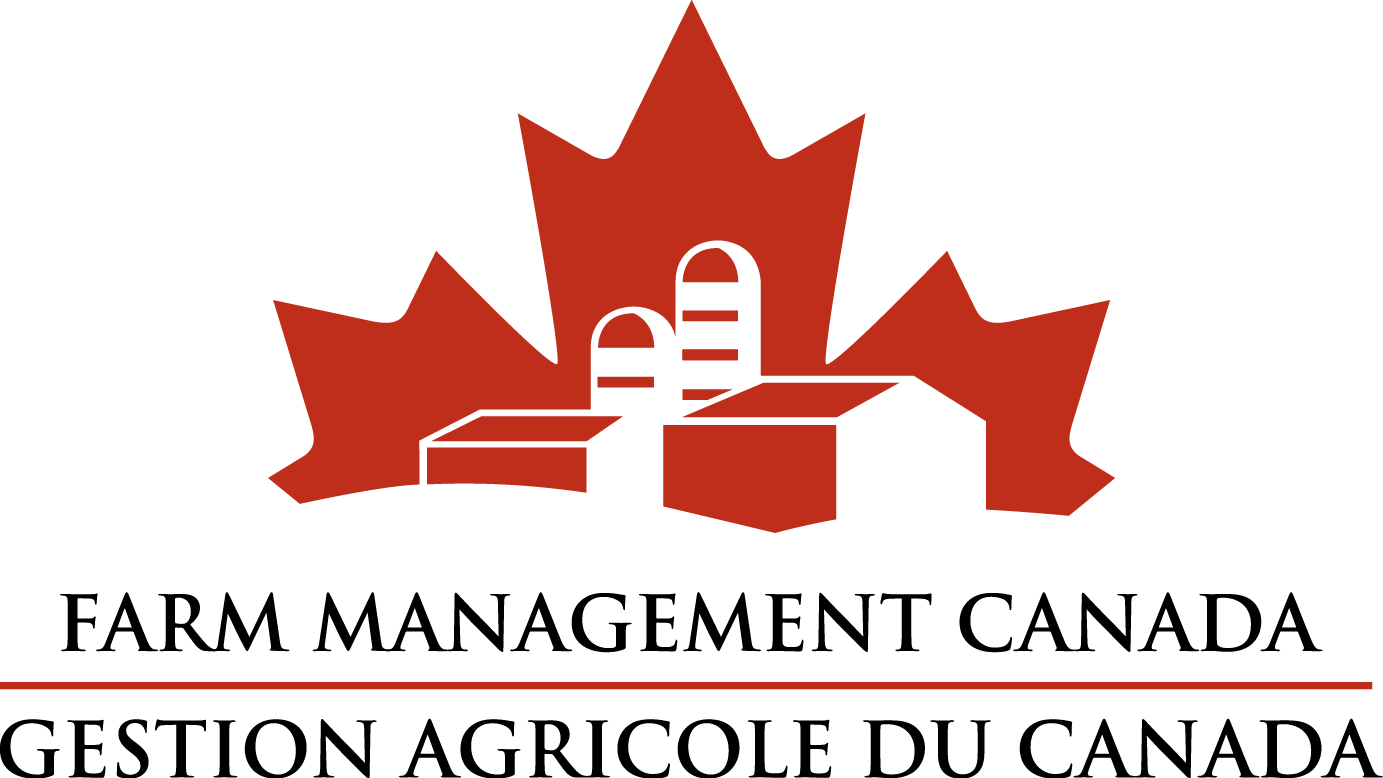 Numerous reports are emphasizing a slowing world economy.
Numerous reports are emphasizing a slowing world economy.
The pace of economic growth in the United States remains sluggish. European governments are still debating reforms needed to address debt issues and weak economic growth. While China’s economy has performed remarkably, this year’s growth is expected to be the slowest since 1999.
In the midst of all this uncertainty, the loonie recently reached a 13-month high against the U.S. dollar.
Since global economic growth is a major driver of food demand, should we anticipate softer demand for red meats, grains and oilseeds? Will the Canadian dollar revert to parity over the next few months?
Although the U.S. housing market has apparently turned the corner, the job market there continues to disappoint. The most recent response to U.S. economic woes has been a third round of Quantitative Easing (or QE3), which aims to lower interest rates for consumers and business. In turn, this should spur economic growth. Aggressive monetary stimulus usually results in a lower U.S. dollar, which encourages foreign demand of commodities and raises prices.
The U.S. government will soon have to confront the so-called fiscal cliff. Falling off the cliff would trigger significant spending cuts and large tax increases on Jan. 1, 2013. This can be avoided if political parties agree on how to address the ballooning U.S. public debt. The Congressional Budget Office predicts that failure to reach a deal would lead to two million job losses and push the U.S. back into recession.
The stakes are high and therefore, political leaders are expected to reach an agreement. However, the debates around the issue are likely to create further volatility in financial markets.
The European Union is in a recession, but the pain isn’t evenly spread. Unemployment rates in Greece and Spain are about 25 per cent. Despite the European Central Bank’s recent announcement that it will consider more expansionary measures, European nations continue to pursue austerity, with the downside effect of further contraction.
The possibility of a rapid decline in Chinese economic growth should be monitored closely. A rebalancing of the Chinese economy is critical. Real estate in China has too much weight in the overall economy and needs to be reduced. This requires increased consumer spending and decreased investment in housing and infrastructure. A failure to rebalance could trigger a hard landing. The Chinese government does have the ability to pursue significant stimulus measures if a major slowdown occurs.
Why is the Canadian dollar so high against the U.S. dollar if the world economy is not sailing smoothly?
The Canadian economy continues to do better than most of the western world. Investors are turning toward assets denominated in Canadian dollars, which pushes up the value of the loonie. Further, despite economic uncertainty, oil prices have fared well in recent months, going from a low of $78 in June to near $100 a barrel recently.
The value of the dollar is important to Canadian agriculture. For grain and oilseed producers, it matters less now, given the positive impact of the U.S drought on prices. Livestock producers continue to be challenged by high feed prices.
A strong Canadian dollar hurts the competitiveness of Canadian meat exporters. Competitiveness in the world market is critical as one-third of our agricultural sales, including processed foods, are made abroad.
Some exchange rate forecasts can be quite imaginative. The Economist uses the price of Big Macs to understand the valuation of different currencies. The idea is simple: a Big Mac is a Big Mac, no matter where you are in the world. Its price should be fairly equal across all countries when expressed in the same currency. On the basis of this, the loonie was about 12 per cent undervalued this July, suggesting that it could appreciate further.
Notwithstanding the price of Big Macs, a survey of professional forecasters paints a different picture. The accumulation of downside risk to the world economy suggests that it’s more likely the Canadian dollar will head back towards parity before year’s end, rather than continuing to appreciate.
Given the pressures induced by high feed prices, a strong world demand for red meats is critical to weathering the current environment. In this regard, strong world economic growth, especially in emerging countries, must be sustained.
While economic uncertainty may yield significant volatility over the next few months, we are optimistic that the world economy will continue to grow and benefit Canadian agricultural producers.
Read J.P. Gervais in FCC Express – Canada’s agriculture e-newsletter. Sign up and stay in the know with industry news, videos and podcasts at www.fcc.ca/express.
